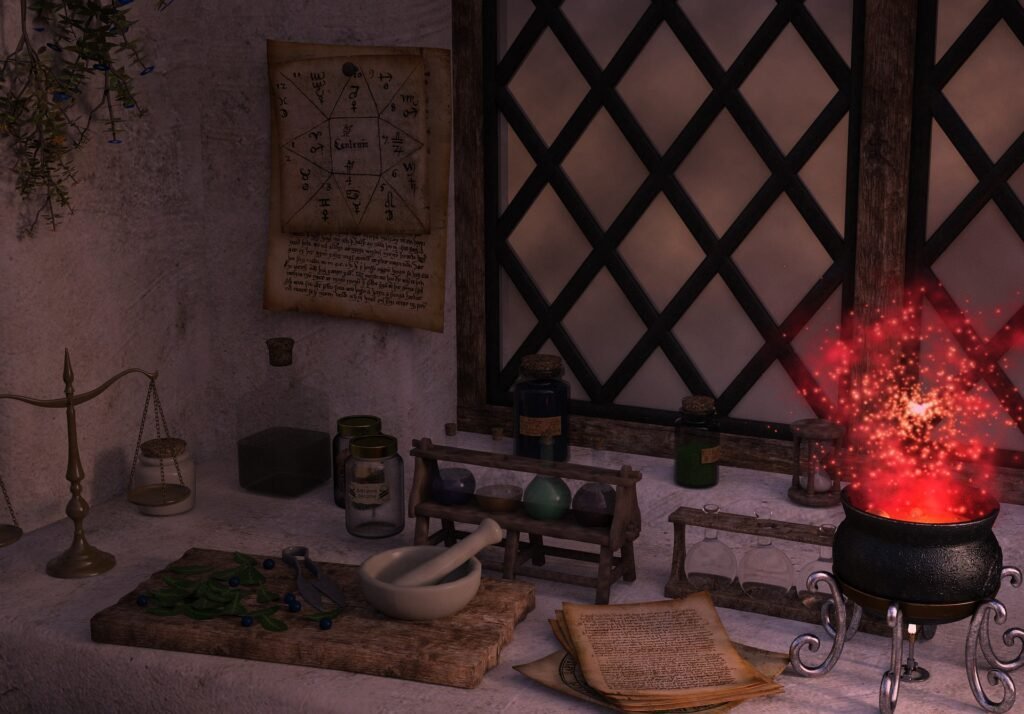Introduction
In a society increasingly obsessed with customization—from personalized playlists to bespoke skincare—the art of blending your own incense invites you into a deeper, more intimate relationship with the scents that surround you. What if you could craft an aroma that perfectly captures the essence of a winter evening, a scent imbued with your intentions for a meditation session, or even a personalized fragrance that echoes the innermost sanctums of your soul?
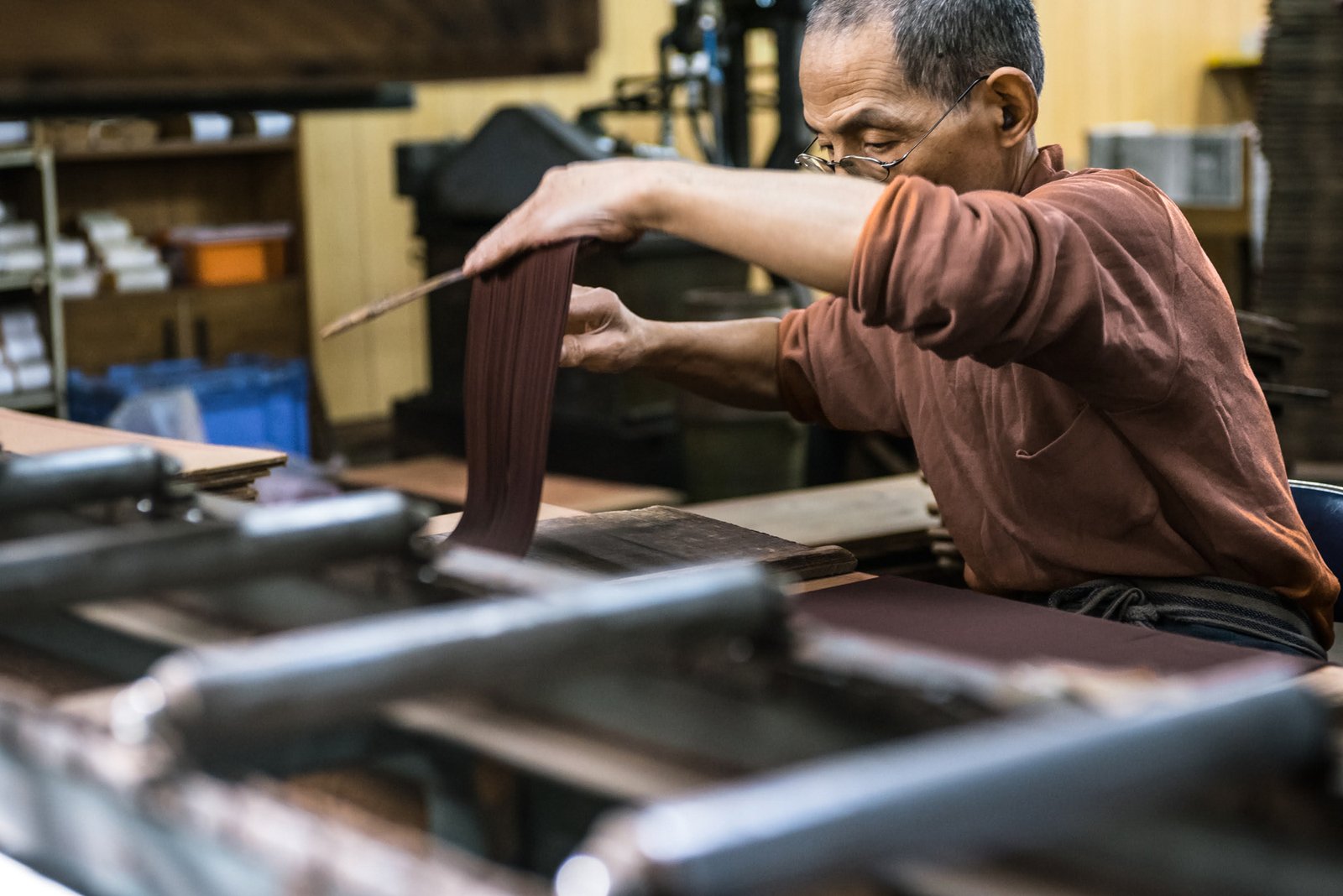
The Basics of Incense
Before diving into the layered complexities of incense blending, it’s crucial to understand the basic foundation upon which this age-old art rests. Even the most masterful blend relies on core ingredients, types, and formulations that have been time-tested over centuries. Whether you’re an incense aficionado or a newcomer enticed by aromatic allure, understanding the fundamentals sets the stage for a more rewarding blending experience.
Types of Incense: The Many Forms of Fragrance
When people think of incense, a stick emanating a plume of smoke often comes to mind. But incense exists in a multitude of forms, each with its own advantages and uses:
- Stick Incense: The most common and accessible form, often used for simple rituals or scenting a space.
- Cone Incense: More concentrated and often more potent, cone incense is ideal when a stronger fragrance is desired.
- Resin Incense: These are natural tree saps and are often used in religious ceremonies for their intense and complex aromas.
- Powder Incense: Highly versatile, powder incense allows for the most creativity, as it can be molded or used as a base for your own blends.
For more information on the different types of incense, check our blog The Different Types of Incense Explained
Common Ingredients Used: The Building Blocks of Aroma
The aromatic symphony that unfolds from a lit piece of incense stems from a careful balance of select ingredients. Knowing these elements well contributes to more effective—and more enchanting—blends:
- Herbs: From sage to lavender, herbs often serve as the ‘top notes’ or the initial scent that greets the nose.
- Resins: Such as frankincense or myrrh, these provide the ‘base notes’—the deeper aromas that linger.
- Woods: Sandalwood, cedar, and other woods often serve as ‘middle notes,’ balancing and grounding a blend.
- Essential Oils: These concentrated liquids can add specific notes or enhance existing ones, making your blend more nuanced or potent.
Refer to the article ‘Inside the Scent: Ingredients that Power Your Incense‘ for an in-depth exploration of the components that incense is made out of.
Why Blend Your Own Incense: The Intrinsic Rewards
As with many DIY crafts, the act of creating your incense offers several deeply satisfying benefits:
- Customization: Unleash your creativity and tailor your blends to suit specific moods, intentions, or aesthetic preferences.
- Quality Control: When you blend your own, you know exactly what goes into the mix, allowing you to avoid additives or synthetic fragrances.
- Therapeutic Benefits: Many find the act of blending itself to be a form of meditation, not to mention the potential aromatherapeutic benefits of the finished product.
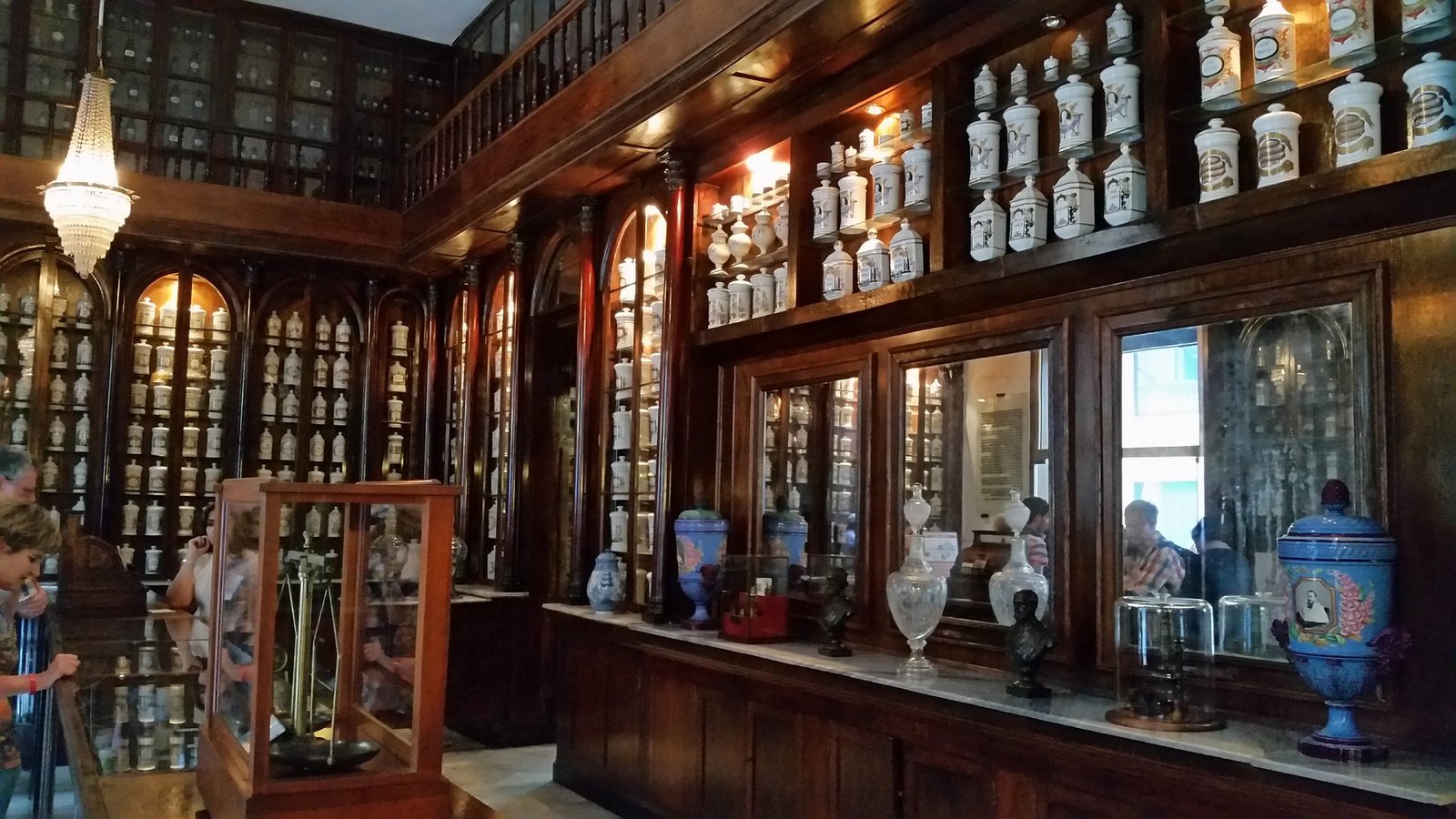
Understanding Scents and Aromas
Having established the basics of incense and its various forms, it’s time to delve deeper into the crux of the matter—the world of scents and aromas. Because let’s be honest, the very soul of any incense blend lies in its fragrance. But what really goes into crafting a captivating aroma? How does the human sense of smell interpret these intricate blends? And how can one use this knowledge to master the art of incense blending? Let’s find out.
The Olfactory System: How We Perceive Smells
At the most basic level, our perception of scent begins with the olfactory system, a complex arrangement of sensors, neurons, and receptors situated primarily within the nasal cavity. When the fragrance molecules in incense smoke interact with these olfactory receptors, signals are sent to the brain, translating into what we perceive as scent.
Understanding the science behind olfaction not only deepens our appreciation for the craft but also enables us to make more informed choices when blending. For instance, knowing how different aromas interact with our mood and memory can guide us in creating blends that serve specific purposes, such as relaxation or focus.
Notes in Perfumery
In the world of fragrance, be it perfumes or incense, scents are often described in terms of ‘notes.’ Much like a musical composition, a well-crafted incense blend harmonizes these various notes into a cohesive, captivating experience.
- Top Notes: These are the initial scents that hit the nose. They’re typically light, fresh, or sharp and evaporate quickly. Citrus and herbal scents often act as top notes.
- Middle Notes: Also known as heart notes, these form the heart or main body of the scent profile. Floral, green, or spicy scents often function as middle notes and are detected after the top notes dissipate.
- Base Notes: These are the last to develop, providing the underlying tone of the blend. Rich and deep fragrances like vanilla, musk, or woody scents often serve as base notes.
The Role of Intentions and Mood in Incense Blending
While the mechanics of scent and its scientific principles offer a roadmap for incense blending, let’s not forget the heart and soul of the craft—your intentions and the mood you wish to evoke.
Whether you’re crafting a blend to deepen your meditation practice, to celebrate a festive occasion, or simply to unwind at the end of a long day, your intentions infuse the blend with purpose. This is where the art of blending transcends mere science, touching upon the realm of the emotional and spiritual. Understanding how scents can evoke specific moods allows you to craft blends that resonate on a deeper, more meaningful level.
Tools You Will Need for Incense Blending
Embarking on your blending journey requires some essential tools:
- Mortar and Pestle: For grinding herbs, resins, and woods into a fine powder.
- Scales: To accurately measure your ingredients, ensuring the balance of your blend.
- Containers: To store your blends and ingredients in a way that preserves their potency.
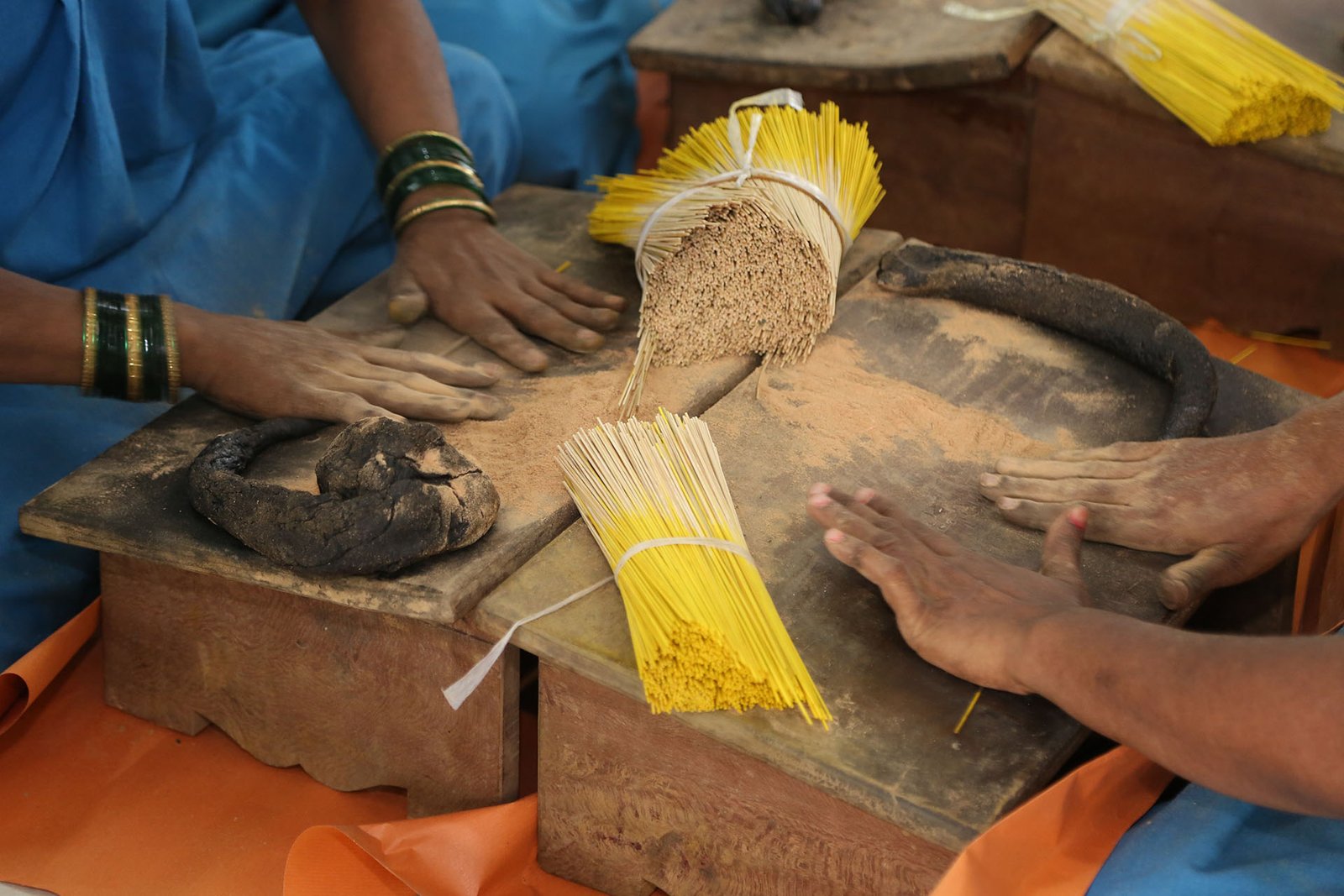
The Step-by-Step Guide: Crafting Your First Incense Blend
You’ve acquainted yourself with the essential ingredients, delved into the science of olfaction, and even geared up your toolkit for blending. You’re no longer a mere spectator; you’re an active participant in this ancient art form. Now it’s time to roll up your sleeves and immerse yourself in the actual practice. Here, we provide a meticulous, step-by-step guide to crafting your very first incense blend.
Step 1: Define Your Intentions and Choose Your Base
Begin by defining the purpose or mood you aim to evoke through your blend. Once your intention is clear, choose a base that resonates with it. Whether you go for the ethereal quality of frankincense or the grounded, earthy aroma of sandalwood, make sure your base aligns with your intended atmosphere.
Step 2: Measure Your Ingredients
Accurate measurement is key to creating a well-balanced blend. Use a reliable scale to measure each ingredient according to the ratio you’ve decided. Traditionally, the base constitutes a larger proportion of the blend, while top and middle notes are added in smaller quantities. Here’s where your scales come into play.
Step 3: Grind and Mix
Using your mortar and pestle, grind each ingredient into a fine powder. The granularity matters; the finer the powder, the smoother the burn. Once you’ve ground all the ingredients, mix them thoroughly to create a uniform blend. For those who wish to include essential oils, this is the stage to carefully add them, ensuring a balanced distribution.
Step 4: Test a Small Batch
Before committing to a larger quantity, it’s wise to test your blend in a smaller batch. Light a small amount and observe. Does the aroma meet your expectations? Does it burn evenly? Take notes and adjust your formula if needed.
Step 5: Store Your Blend
Once you’re satisfied with your blend, store it in an airtight container to preserve its aroma. Glass jars are ideal, as they don’t interact with the blend, maintaining its original scent. For maximum potency, store your blend in a cool, dark place and let it ‘cure’ for a few days to allow the aromas to meld together.
Common Mistakes to Avoid in Incense Blending
As you embark on your incense blending journey, be mindful of these common pitfalls:
- Overpowering Scents: Less is often more. Overloading your blend with too many strong notes can result in an overpowering aroma that lacks nuance.
- Rushing the Process: Blending is an art that can’t be hurried. Take your time in grinding, mixing, and especially in letting your blend cure for full aromatic melding.
- Ignoring Safety Measures: Always use gloves when handling concentrated oils or allergenic substances. Make sure your workspace is well-ventilated and free from any flammable objects.
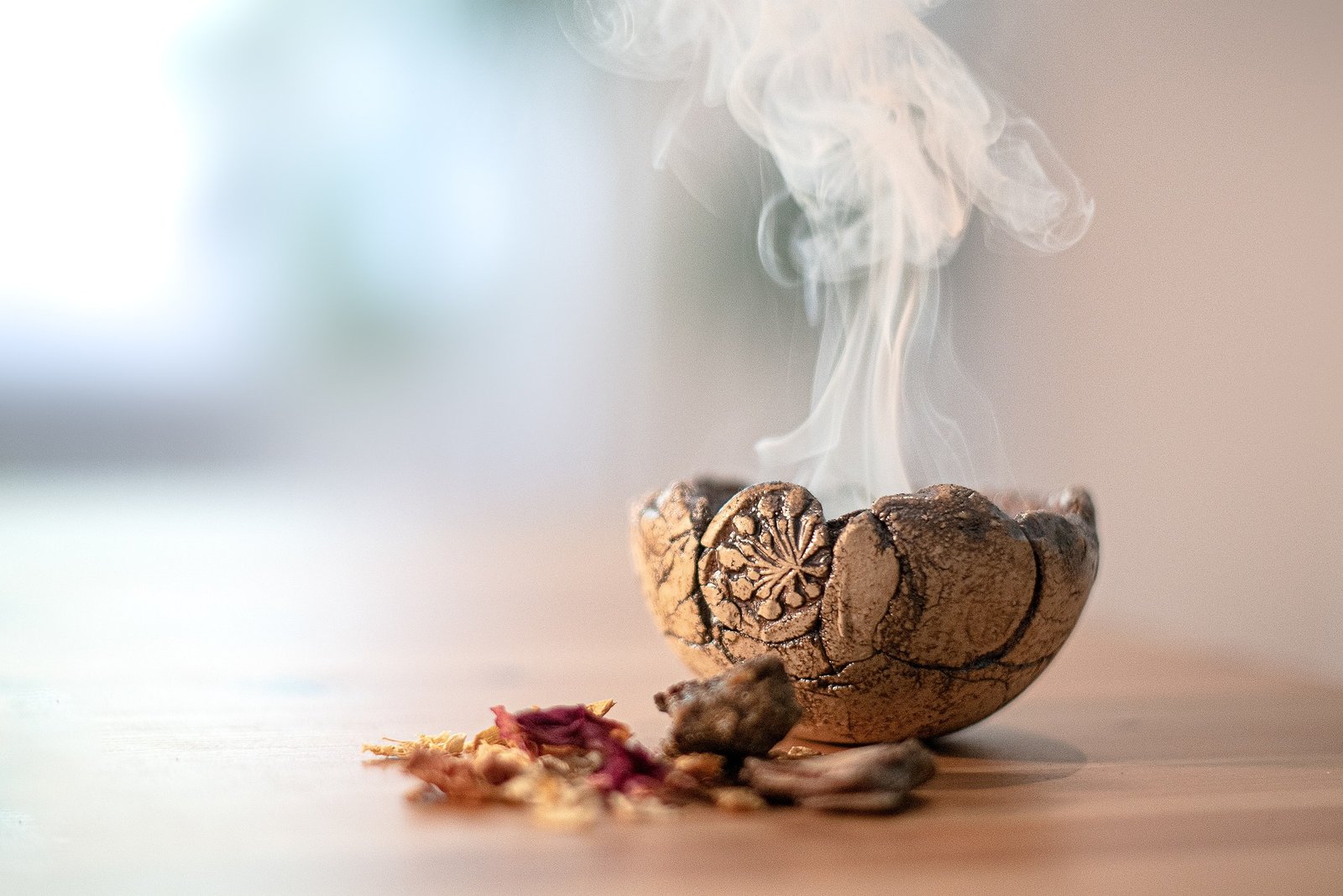
Advanced Techniques: Elevating Your Incense Blending to an Art Form
Congratulations on successfully crafting your first incense blend! The road doesn’t end here; in fact, this is merely the beginning of a deeply fulfilling, aromatic journey. As you grow more confident and proficient in your incense blending skills, you’ll naturally yearn for techniques that can elevate your work from great to truly extraordinary. In this section, we will delve into some of these advanced methods that can add depth, complexity, and a touch of the sublime to your incense compositions.
Utilizing Ancient Recipes
One remarkable approach to deepen your understanding of incense is to study ancient recipes. The wisdom passed down through centuries can guide you in creating blends that resonate with historic or spiritual significance. For a detailed exploration of various traditional and contemporary incense recipes, refer to the article “Ancient and Modern Homemade Incense Recipes.“
- Kyphi: This is a traditional Egyptian incense blend used for ceremonial and therapeutic purposes. The blend combines 16 ingredients, including frankincense, myrrh, and wine-soaked raisins.
- Tibetan Monastery Incense: Often containing more than 30 herbs and other aromatic ingredients, this blend is used in Tibetan monasteries for meditation and spiritual rituals.
The Art of Scent Layering
Scent layering is an advanced technique that involves the sequential burning of different blends to create a dynamic, evolving fragrance experience.
- Sequential Layering: Light one blend and let it burn halfway, then add a second blend to introduce a new aromatic dimension.
- Simultaneous Layering: Blend two or more different types of incense powders together and light them simultaneously, allowing the scents to meld in the air.
Temperature Control
The temperature at which your incense burns can significantly impact its scent profile. Too hot, and you risk scorching the delicate top notes; too cold, and the base notes might never fully release.
Indirect Heating: Rather than lighting the incense directly, place it over a heat source that warms it gradually, preserving the integrity of each note.
Adjustable Burners: These specialized burners allow you to control the heat level, enabling a fine-tuned aromatic experience.
Seasonal Blending: Crafting Aromas for the Time of Year
Certain scents resonate more strongly at different times of the year. Seasonal blending involves crafting incense that aligns with the prevailing weather, holidays, or celestial events.
- Winter Blends: Consider aromas like cinnamon, clove, and cedarwood for a warm, comforting ambiance.
- Summer Blends: Light, floral, and citrusy notes are ideal for crafting summer-friendly blends.
Conclusion
And so, dear reader, we come to the end of this extensive exploration into the captivating world of incense blending. From understanding the basics and crafting your very first blend, to mastering advanced techniques that transform this craft into an art form, you are now well-equipped to embark on your own aromatic adventures. The fragrant journey you’re on is as limitless as your imagination and as fulfilling as you make it.
Remember, the true beauty of incense blending lies in its infinite possibilities. Continue to experiment, learn, and above all, savor the joy and tranquility that comes from creating something uniquely yours. Should you decide to take this passion beyond your personal space, know that the world is always eager for new sensory experiences. Your unique blends could very well be the next aromatic sensation, be it in spiritual gatherings, wellness retreats, or cozy homes seeking a breath of scented air.
Final Thoughts
In a world increasingly driven by digitization and fast-paced living, the ancient art of incense blending serves as a tactile, engaging reminder of the simple joys that life has to offer. It’s not just about crafting a scent; it’s about connecting with millennia of history, tapping into the wisdom of the ancients, and engaging all your senses in a celebration of the present moment.
As you light your next incense stick or cone—perhaps one of your own making—take a deep breath. Let the aroma envelop you, grounding you in the here and now. You are part of an age-old tradition, yet simultaneously, a pioneer in a world of olfactory possibilities.


